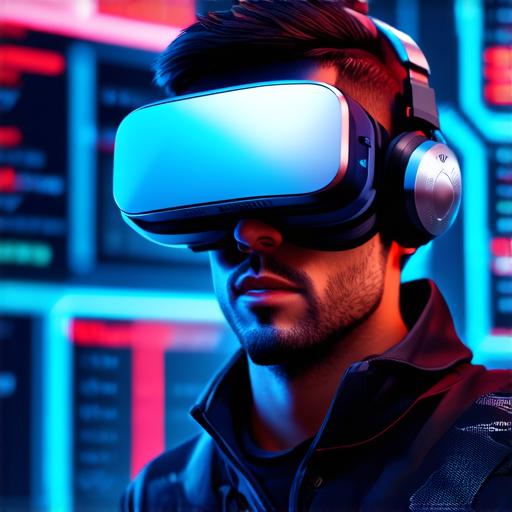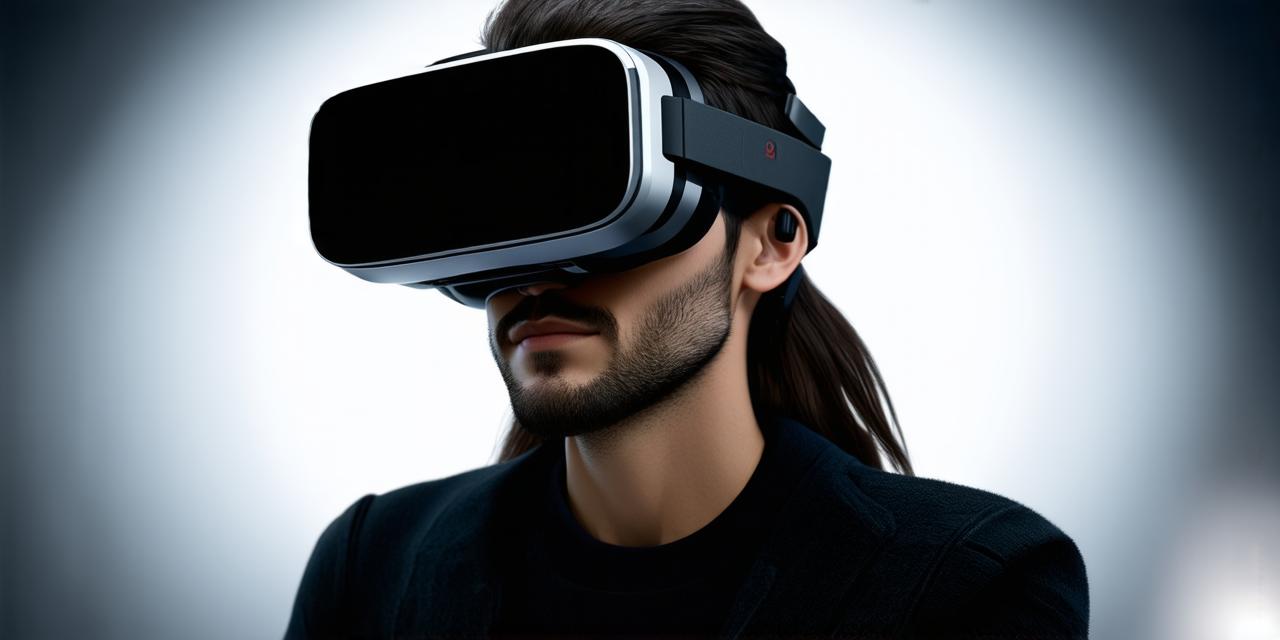The Power of Unity
Unity, a versatile engine, is a favorite among developers due to its user-friendly interface and extensive library of assets. With Unity, you can create everything from simple VR experiences to complex, interactive environments. John Carmack, CTO of Oculus VR, aptly described Unity as “the de facto standard for VR development.” Its popularity stems from its ability to handle a wide range of projects, from basic to advanced, and its compatibility with various platforms such as Windows, macOS, Android, iOS, and consoles like PlayStation.
Apexing A-Frame
A-Frame, a web-based framework, offers an easy entry point into VR development for those who are new to the field. It’s ideal for creating simple, interactive experiences that can be shared on the web. Its simplicity and accessibility make it a great tool for beginners, while its scalability allows for more complex projects as one’s skills progress. A-Frame uses HTML and JavaScript, making it familiar territory for many developers.
The Verge of WebVR
WebVR is a JavaScript API that enables VR content to be delivered directly in web browsers. This means developers can create VR experiences without the need for specialized software or hardware. Google’s Daydream and Oculus’s Samsung Gear VR are examples of devices supporting WebVR, making it possible for users to access these immersive experiences on a wider scale.
Comparing the Contenders
While Unity offers more flexibility and control, A-Frame and WebVR provide a simpler, more accessible approach to VR development. The choice between these tools depends on your project’s complexity, the level of expertise you possess, and the target platform for your VR experience. For instance, if you’re working on a complex, interactive environment with high graphical requirements, Unity might be the better choice. On the other hand, if you’re new to VR development or want to create simple, web-based experiences, A-Frame or WebVR could be more suitable.
Beyond the Horizon
As VR technology continues to evolve, so too will the tools we use to create immersive experiences. Keep an eye out for future advancements that promise to push the boundaries of what’s possible in virtual reality development, opening up new opportunities for creativity and innovation.
FAQs
What is Unity and why is it popular for VR development?
Unity is a versatile game engine used for creating interactive 3D and 2D experiences, including VR. Its popularity stems from its user-friendly interface, extensive library of assets, and flexibility, making it suitable for a wide range of projects and platforms.

What is A-Frame and how can it be used in VR development?
A-Frame is a web-based framework for creating VR experiences. It’s ideal for simple, interactive projects that can be shared on the web. Its simplicity and accessibility make it a great tool for beginners, while its scalability allows for more complex projects as one’s skills progress.
What is WebVR and how does it work?
WebVR is a JavaScript API that enables VR content to be delivered directly in web browsers. This means developers can create VR experiences without the need for specialized software or hardware, making it possible for users to access these immersive experiences on a wider scale.
